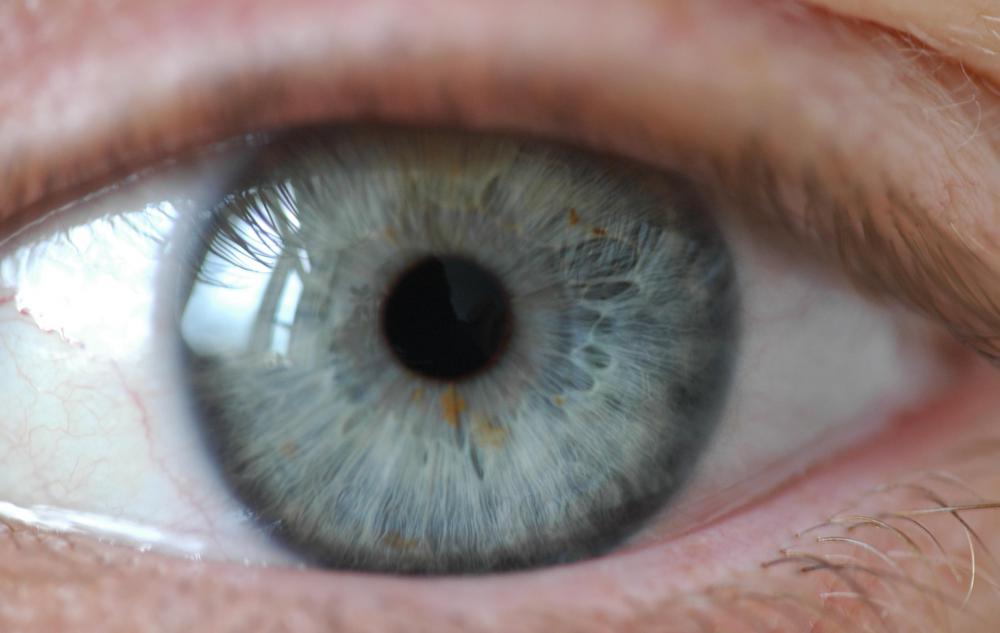At TheHealthBoard, we're committed to delivering accurate, trustworthy information. Our expert-authored content is rigorously fact-checked and sourced from credible authorities. Discover how we uphold the highest standards in providing you with reliable knowledge.
What Are Brainstem Reflexes?
Brainstem reflexes are involuntary responses to stimuli mediated by the brainstem, an important part of the brain anatomy responsible for a number of different functions. When these reflexes are depressed or absent, it is evidence of damage to the brainstem. In clinical guidelines used to determine brain death, care providers check several brainstem reflexes to determine whether the brainstem is still functional. If it is not, a patient is unable to survive independently and may be considered clinically dead.
The brainstem includes a number of sensory connections. It is responsible for innervating the face, and the nerves that handle sensory input from the rest of the body pass through this structure on their way to the spinal cord. When there is a problem with the brainstem, such as swelling, cell death, or pressure from an injury, a patient's brainstem reflexes may be absent. Some medications can potentially create the appearance of absent reflexes, and this must be considered when evaluating a patient for signs of brain damage.

Many brainstem reflexes center around the eye. When a care provider places an object near or in the eye, the patient should blink involuntarily, a reflex response to protect the eye from damage. Exposure to bright light should cause the pupils to contract, letting less light into the eye.
If a patient's head is turned to test the oculocephalic reflex, the eyes track in the opposite direction of the turn. In cases of brain death, the eyes remain fixed straight again. Another reflex, the oculovestibular reflex, involves irrigating an ear with cold water to see if the eyes move in the opposite direction.

Other brainstem reflexes include coughing and gagging when the throat is irritated, as when a nurse shifts an endotracheal tube. In the Masseter inhibitory reflex, tapping the jaw while the mouth is open should cause it to jerk upwards slightly. These reflexes help the body avoid injury and assist with functions like eating, balancing, and seeing clearly. When they are absent, it means that the brainstem is no longer able to send or receive the necessary signals.

Medications can suppress brainstem reflexes. For example, many drugs cause the pupils to dilate. In these patients, a bright light will not cause the predicted contraction of the pupils. Care providers review a patient's chart carefully to determine the nature of injuries and any medications in use before they move forward with a series of tests to assess brainstem reflexes. These tests are also repeated and verified by other means before declaring a patient brain dead.
AS FEATURED ON:
AS FEATURED ON:














Discussion Comments
My friend got the sad news that her cousin was brain dead last year. He had been in a car wreck, and though he survived, the doctor told her that he would never regain consciousness.
She asked him how he could be sure, and he told her about the lack of brainstem reflexes, as well as the lack of brain activity shown on other tests. This is a tragic thing to hear, and it is hard to believe that even though someone is lying there breathing before your eyes, they are clinically dead.
I never knew that eye reactions were brainstem reflexes. I always blink when anything gets near my eye, but I didn't know that this reaction originated in the brainstem.
I just thought it was a muscular or nervous reflex. I suppose that just about everything has its origin in the brain, though.
Post your comments